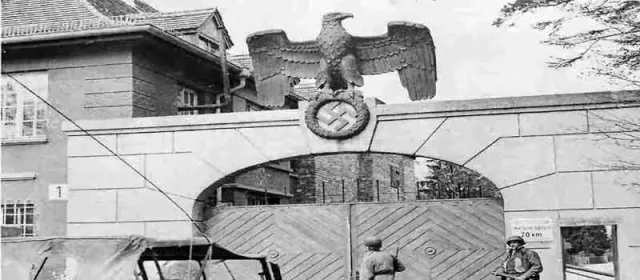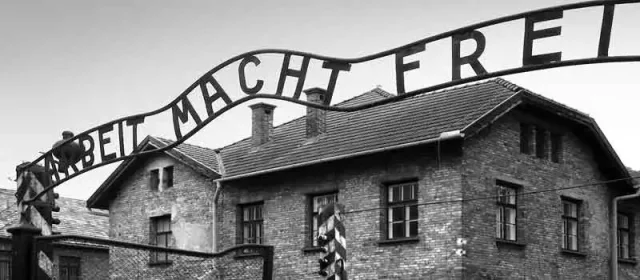- Military History
- Prisons, Prisoners & Camps
- Nazi Camps
Nazi Camps
The Nazis built their order on the bedrock of an enormous and highly complex concentration and destruction system. By World War II the system comprised killing centers, concentration camps, labor camps, death camps, penal settlements, Jewish camps, resettlement centers, camps for foreign workers and POWs, transient camps for those waiting (usually to be killed), and ghettos.
Hitler established the camps when he came into power to isolate, punishing, torturing, and killing Germans suspected of opposition to his regime. From 1933 to 1938, the Nazis considered the camps primarily as places for the protective custody of political enemies of the state, not as the death pits, labor extractors, and medical research stations they became.
- {{#owner}}
- {{#url}} {{#avatarSrc}}
{{name}} {{/url}} {{^url}} {{#avatar}} {{& avatar}} {{/avatar}} {{name}} {{/url}} - {{/owner}} {{#created}}
- {{created}} {{/created}}




























